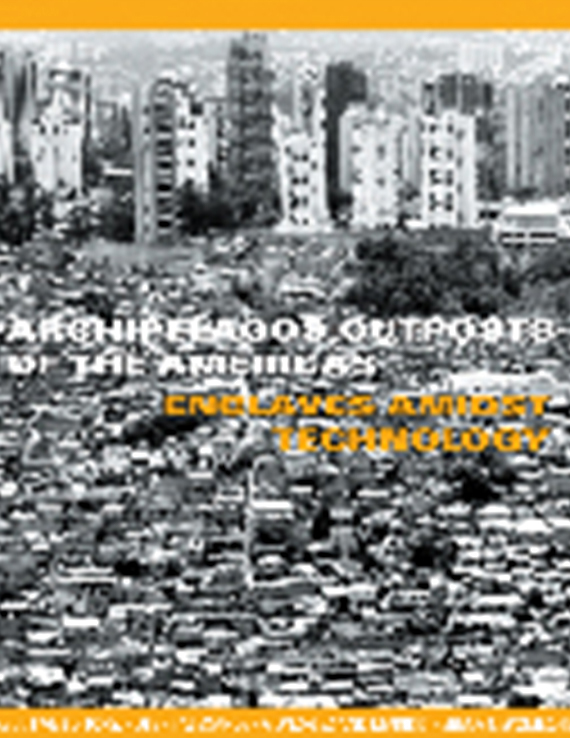Author(s): Maria Eugenia Achurra
The purpose of this paper is to describe how history and progress play a significant role in the design of a particular public structure, such as the Administration Building of the Panama Canal, following American expansionist ideals of the early twentieth century. Through the description of formal characteristics, historical, conceptual, symbolic, and etymological derivations, and pictorial allusions, this paper shall offer an underground, sub rosa exposure of the Administration Building.Opened in 1914 under American jurisdiction, and designed by Mr. Austin Lord, of the firm Lord, Hewlett and Tallent, of New York, the Administration Building was one of the structures erected to complement the functioning of the interoceanic waterway. The original purpose of this building was to place the offices of the several departments of the Panama Canal under the same roof, for better convenience and economy both from the administration and of the general public that had business with the Canal. Besides these intentions, however, some relevant issues were ignored from its preliminary design, such as what offices were to occupy the building, how much space they would require or how they were to be correlated.The Administration Building represents an American icon on foreign land; an object of desire that needs to be reappropriated; dismantled, deconstructed. Bataille explains the observers’ reactions towards the building through an iconoclast example: “It is in fact, obvious that monuments inspire social prudence and often real fear. The taking of the Bastille is symbolic of this state of things: it is hard to explain this crowd movement other than by the animosity of the people against the monuments that are their real masters.”
Volume Editors
Marilys R. Nepomechie & Robert Gonzalez
ISBN
0-935502-54-8

 Study Architecture
Study Architecture  ProPEL
ProPEL 
